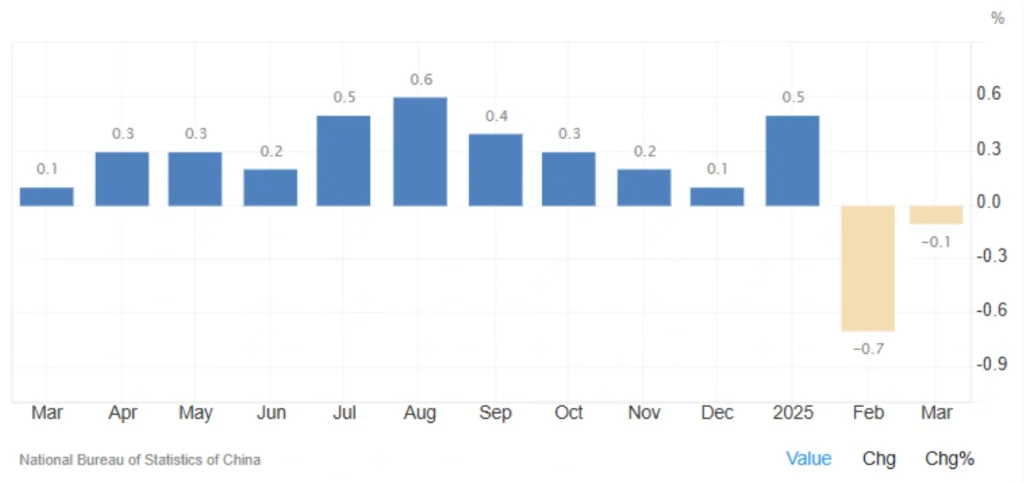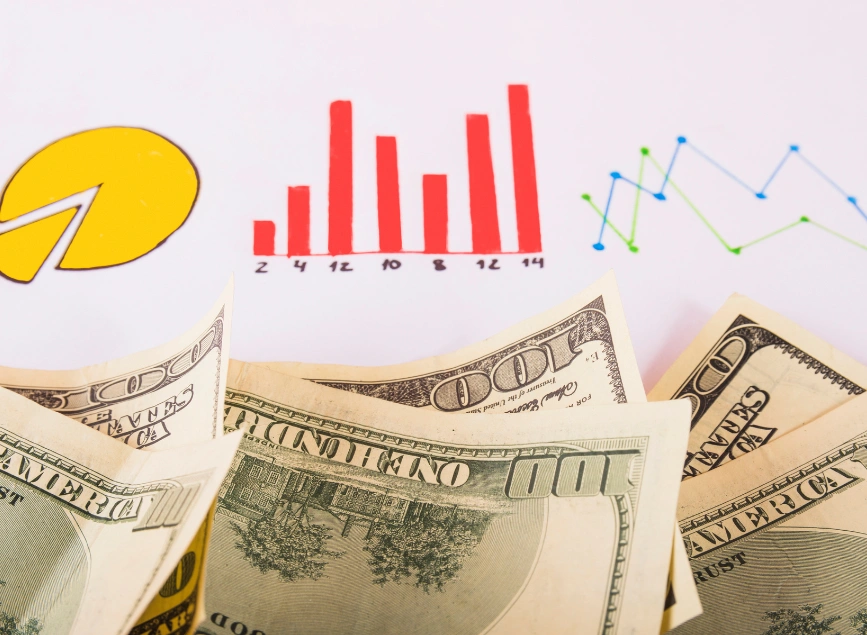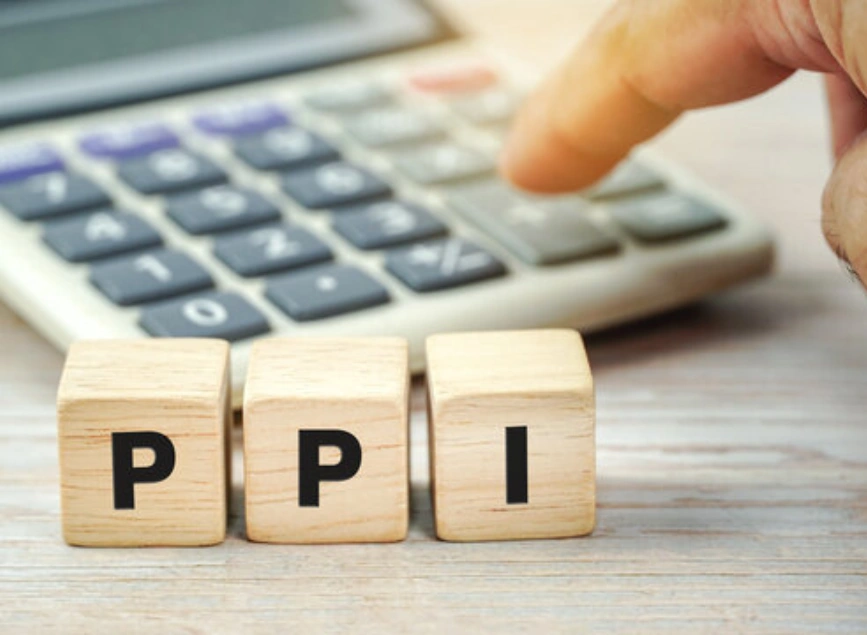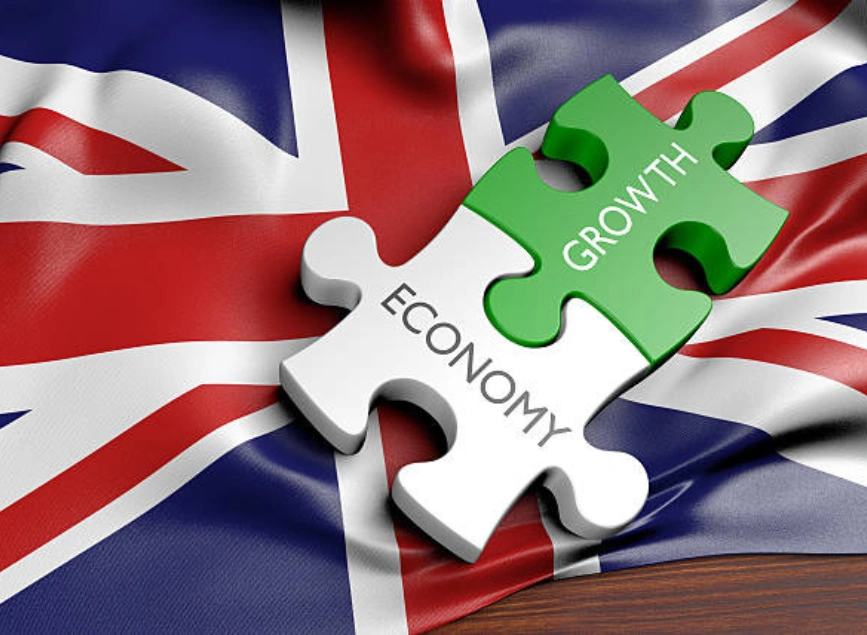
China’s Inflation Turns Negative Again; Continued Trade War Pressures on Prices
In March 2025, China’s Consumer Price Index (CPI) fell by 0.1% compared to the same period last year. This came as a surprise to markets, which had anticipated a slight increase of 0.1%. This marks the second consecutive month of negative annual inflation, although the decline was less severe than February’s 0.7% drop.
Key Factors Driving Price Declines
The main reason behind the price drop remains the ongoing trade tensions between China and the United States. These tensions have led to weaker domestic demand and a more cautious attitude from consumers.
Price Changes in Various Sectors
Food Prices: While food prices continued to decline, the pace of the drop has slowed down, driven by rising pork prices and the return of fresh fruit prices.
Non-Food Prices: Saw a modest increase of 0.2%, compared to a 0.1% decrease in February.
Housing: Increased by 0.1%
Healthcare: Rose by 0.1%
Education: Increased by 0.8%, up from a -0.5% decline in February.
Transport: Fell by 2.6%, which was a steeper drop than the previous month.
Monthly Inflation Rate
The CPI dropped by 0.4% in March, a more significant decline than the 0.2% drop in February.
This marks the second consecutive month of negative monthly inflation.
Core Inflation
Core inflation rose by 0.5% compared to the same month last year.
This represents a positive shift after a -0.1% decrease in February.
What Is Negative Inflation?
Deflation refers to a sustained decrease in the general price level of goods and services, and unlike inflation, it can lead to lower wages, reduced consumption, and even economic recession.
Why Deflation Is Concerning
Lower domestic demand and reduced investment.
Increased real debt burdens.
Lower corporate profits.
Ineffectiveness of monetary policies intended to stimulate the economy.

Economic and Market Analysis
The second consecutive annual decline in inflation suggests that consumers are still uncertain about the economic outlook.
Ongoing trade tensions with the United States, including tariffs, continue to put downward pressure on prices.
A sharper drop in CPI in March is a sign that domestic demand recovery remains sluggish.
Positive Indicators
Core inflation has started to rise, which may signal steady demand in key non-food sectors.
The decline in food prices has moderated compared to February, which could help stabilize the CPI in the coming months.
Conclusion
China’s inflation has now fallen into negative territory for the second month in a row, with the ongoing trade war with the United States continuing to weigh heavily on the economy. The People’s Bank of China may need to adopt more aggressive monetary policies to prevent the economy from slipping into a recession. Global investors should closely monitor developments related to consumer spending, financial support measures, and the yuan’s performance.
Share
Hot topics

Best Forex Trading Hours for Iranian Traders
The Forex market operates 24-hours a day, but clearly not every hour, equal it could even be every trading session, is profitable. There are times when the market sleeps, is...
Read more




Submit comment
Your email address will not be published. Required fields are marked *